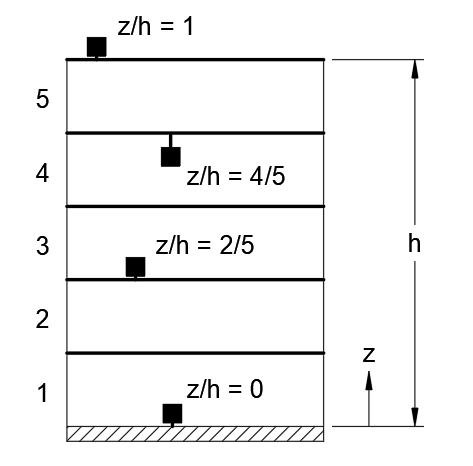How are seismic units rated?
Three criteria are typically defined for seismic units: Sds, Ip, z/h.
Sds = Design earthquake spectral response acceleration parameter at short periods (ASCE 7-16 Section 11.4.4 Design Spectral Acceleration Parameters). The required motion coefficient is dependent on the facility’s location and soil type. Most of the United States requires Sds = 0.05 to 1.5g. Specific regions require an Sds = 2.0g such as along the Missouri state line south of Illinois and parts of California.
Ip = Component Importance Factor (ASCE 7-16 Section 13.1.3 Component Importance Factor). Ip is dependent on the function of the building in which the transformer is installed. Typically, an Ip is assumed to equal 1.5 for transformers expected to function continuously through and after an earthquake.
z/h = A ratio of the height in the structure that the component has been anchored, to the overall height of the structure. A value of z/h of 1.0 states that the component is capable of being installed anywhere within the structure (ASCE 7-16 Section 13.3.1 Seismic Design Force).

